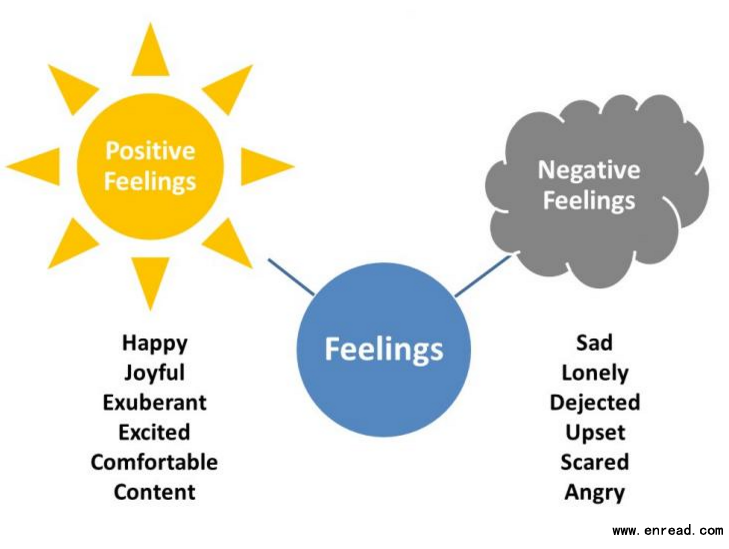| |||||
|
How difficult do you find remembering new English words? Teachers like to organise class activities that introduce new vocabulary and try to help you use the same vocabulary in another context maybe sometime later. But do you remember those words yourself – do they pop into your head- or do you need to be reminded?
So how do you memorise that new vocabulary you learn on Monday so that you can use it in your speaking and writing on Friday?
There are many memory techniques you can try and I’m going to describe the most common ones in my blogs, so that you can choose which technique suits you. They are all easy to learn and used by many language learners throughout the world.
Mind mapping (思维导图sometimes called ‘spider grams’ because they might look like a spider) is a visual tool which organises items into categories. They work in a similar way to our brains (hence the name) because when we group related things together, we remember them better.
For example, to make a simple mind map for ‘feelings and ‘emotions’, we draw a circle in the middle and write ‘feelings’ in it. Then on the left we write down positive feelings and on the right, negative feelings. It helps to use colour or images to reinforce the words so that they stay in your mind.

Tips for drawing a mind map
Working with ‘landscape’ view is better than portrait, so turn your notebook horizontally. This gives you plenty of room to add more words later.
Draw a circle or an image in the middle and write in your topic. This should be bigger than the other words in your mind map.
Draw lines (branches) going out of this central circle or image and categorise your vocabulary. Be as creative as you can – anything that helps you to ‘connect’ with the words is good for memory.
Why don't you give mind mapping a try and see how many new words you can you remember.
|
|||||
上一篇:家庭关系相关的英语词汇 下一篇:由well组成的形容词 |
- 发表评论
-
- 最新评论 进入详细评论页>>



